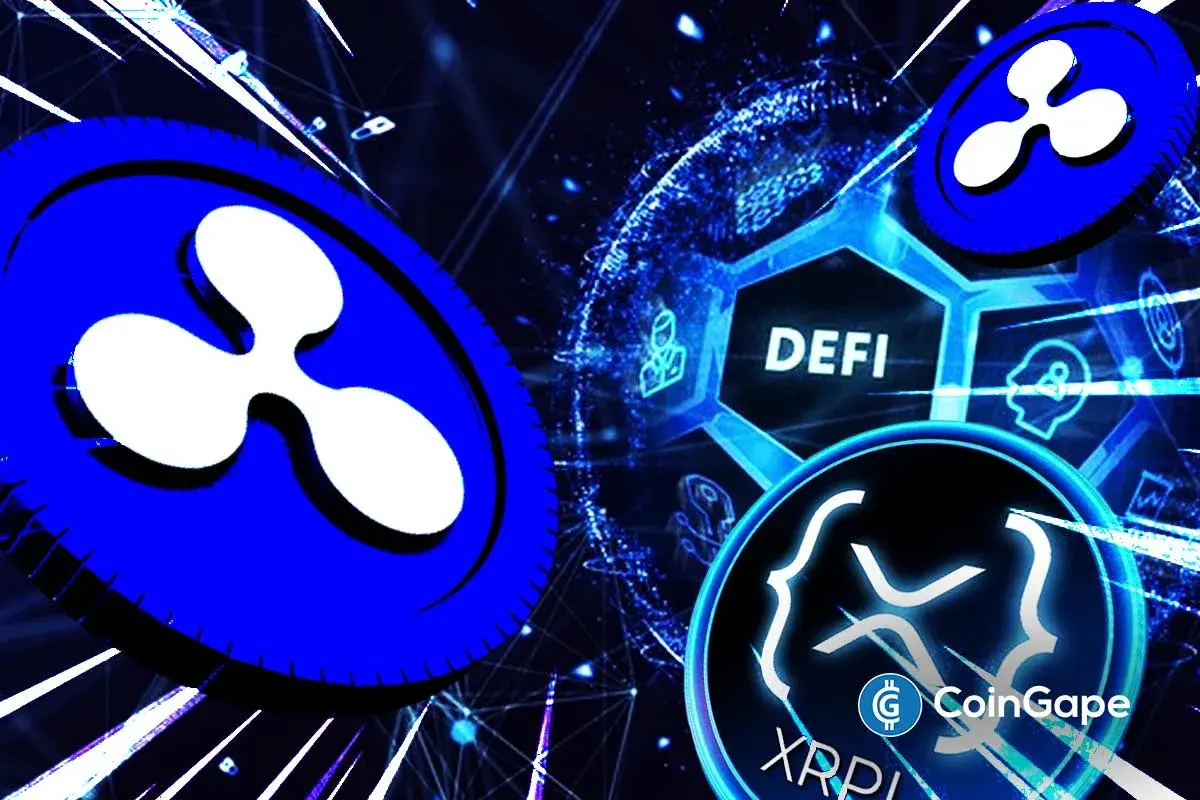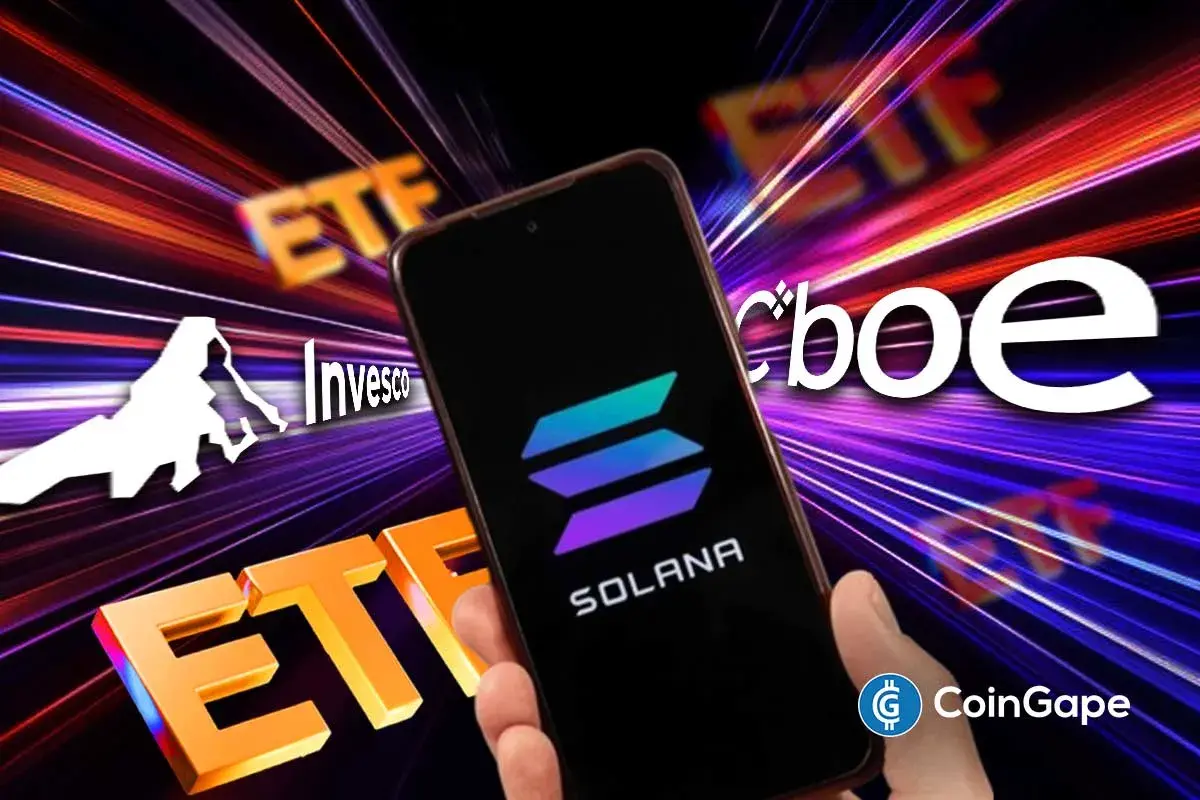Blockchain’s Interoperability Market Size To Exceed $1.98 Billion By 2032: Report

The use of blockchain has grown significantly in the last three years. The size of the global blockchain interoperability market is now on track to become worth $1.98 billion by 2032, according to a report by Spherical Insights & Consulting.
Blockchain interoperability to grow significantly by 2035
According to a study by Spherical Insights & Consulting, the size of the global blockchain interoperability market was estimated to be $0.2 billion in 2022. The market is expected to grow to $1.98 billion globally by 2032.
The increase at a compound annual growth rate (CAGR) of 25.77%.
Interoperability is defined as the idea of helping data sharing across chains, and interaction and integration between various blockchain networks. Supply chains, finance, identity management, and other industries have all shown potential for blockchain technology. One of the biggest benefits of blockchain interoperability is the capacity for cross-chain transactions.
Generally, the DoD evaluates interoperability using limited viewpoints that center on things like JTA standards, data models, COE compliance, and certification requirements. It is also measured by how different systems stack up against these standards or requirements.
Factors contributing rise of blockchain interoperability
The growing use of the internet has resulted in the use of blockchain technology in various public and private sectors. These include hospitals; supply chains; media; and financial institutions, including banking services.
According to Spherical Insights & Consulting’s report, many factors have and will continue to result in the growth of blockchain interoperability.
The COVID-19 pandemic is one such reason. The pandemic has sped up the use of blockchain technology in many sectors where transparency, traceability, and safe data interchange are essential. The dependence on the internet that the pandemic has caused is likely to continue for the coming years. This will likely result in blockchain’s use also rising steadily.
Another reason for the rise in interoperability is the rise of dApps. The growing popularity of interoperability solutions in decentralized applications can be attributed to their capacity to overcome the limitations of single-chain ecosystems.
With the biggest market share during the period, the report also sheds light on North America being the dominant region in the industry. Businesses in North America usually prioritize innovation and technology adoption. They are drawn to interoperability as it can help blockchain networks promote teamwork and provide them with a competitive edge.
Bitcoin and Ethereum still face issues to find ground
According to Spherical Insights & Consulting, the Internet of Things allows for safe and effective communication between devices across different blockchain networks. The increasing interconnection of these devices increases the need for interoperability in the blockchain.
Yet, because of block size restrictions, open and unapproved blockchains like Bitcoin and Ethereum have serious scaling problems. These constraints have led to the introduction of scaling alternatives like Ethereum 2.0 and the Lightning Network. Scalability is still an issue for broad adoption and smooth asset and data changing across chains, notwithstanding the advances made.
- Who Will Be the Next Fed Chair? Trump to Interview Finalists to Replace Powell Today
- Ripple Releases XRP Ledger (XRPL) Upgrade to Boost Stability, DeFi: Details
- Another Solana ETF Incoming? Invesco Galaxy Makes Final Filing to Begin CBOE Trading
- Bitcoin, Crypto Market to Remain Range-Bound After FOMC Meeting, Matrixport Predicts
- TRUMP Coin Gets Big Utility Boost With President Trump–Inspired Game Set for Launch
- Solana Price Targets $200 Amid Increased Whale Accumulation
- Cardano Price Outlook: Expecting a 30-40% Bullish Wave Soon
- XRP Price Eyes Big Breakout as Triangle Pattern Signals 16% Move
- HYPE Price Drops 7% as $2.2M Shift and 10M Token Unlocks Stir Fear — What’s Next?
- Ethereum Price Breaks $3,390: What’s Driving 10% Surge?
- Shiba Inu Price Surges as Whale Transfers Hit Highest Levels Since June

















